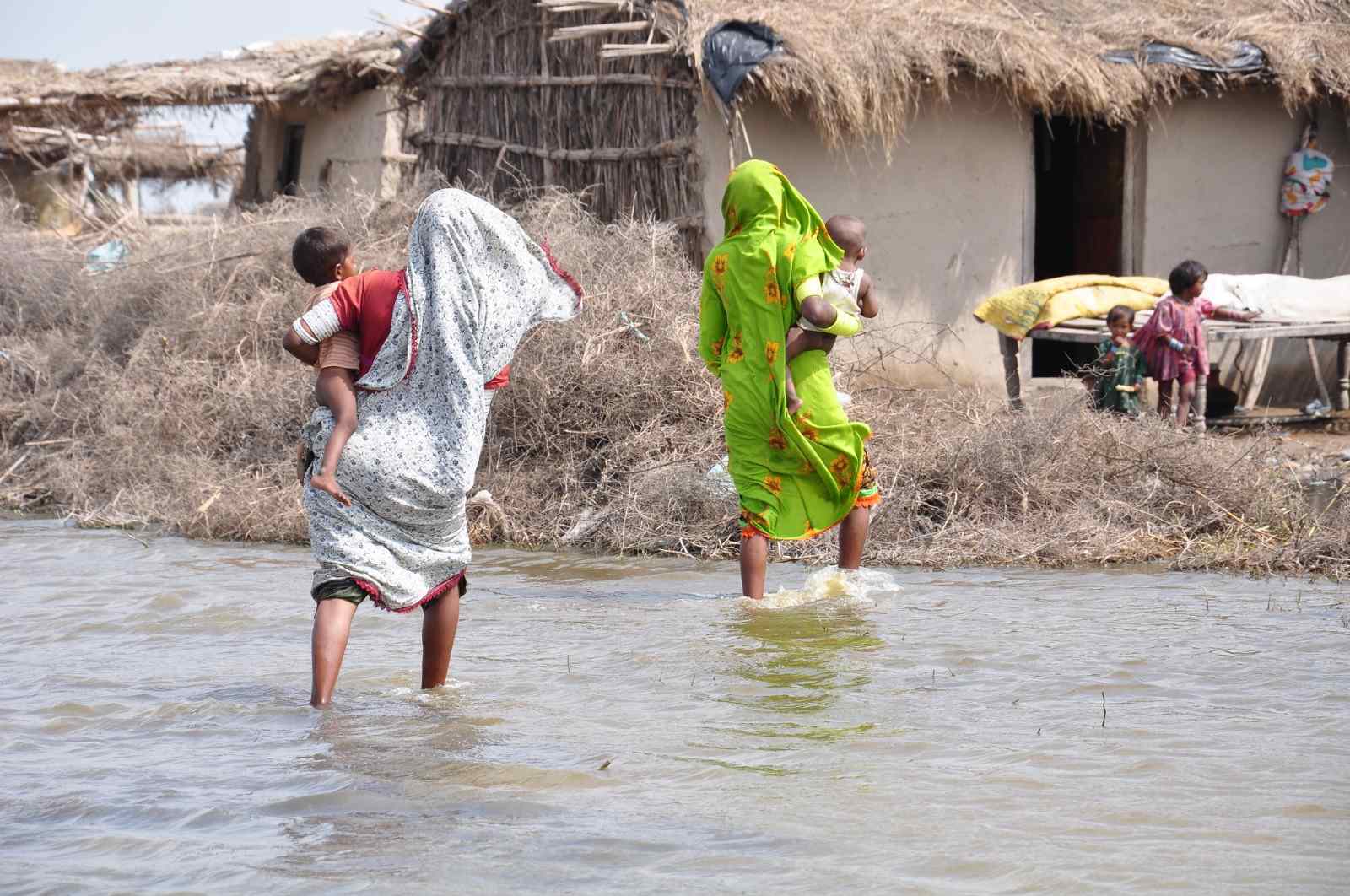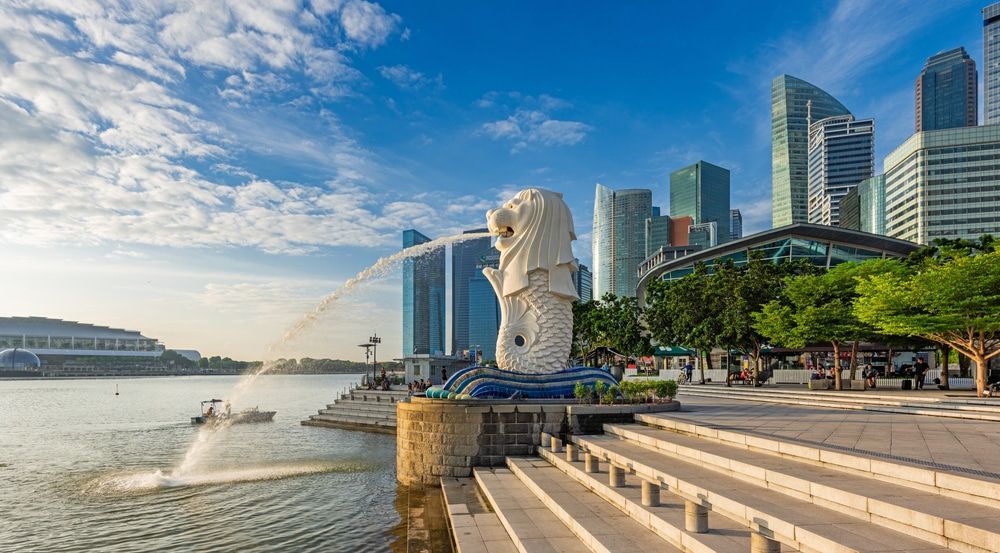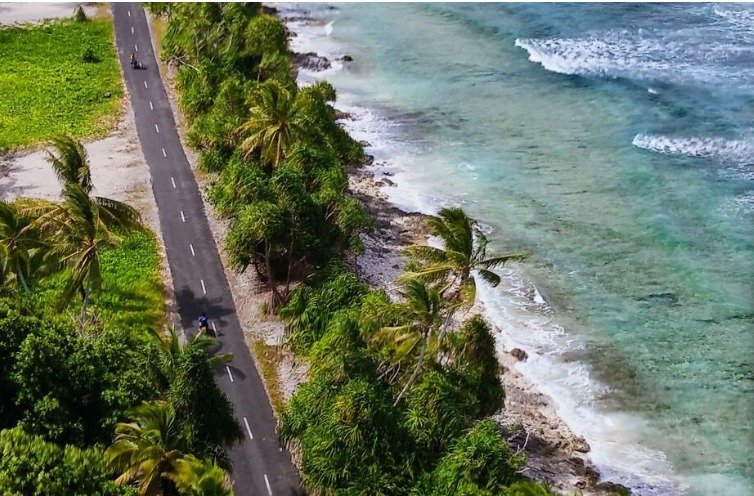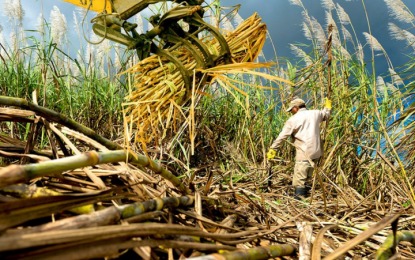Enviro News Asia, New York — A new report by the United Nations Development Programme (UNDP) and the Oxford Poverty and Human Development Initiative (OPHI) at the University of Oxford reveals a staggering fact: nearly 80 percent of the world’s poor live in areas vulnerable to climate hazards such as extreme heat, flooding, drought, and air pollution.
The report, titled “Overlapping Hardships: Poverty and Climate Hazards”, part of the Global Multidimensional Poverty Index (MPI) 2025, was released ahead of the COP30 Climate Summit in Brazil. The findings underscore that the climate crisis has become a defining factor reshaping the global poverty landscape.
For the first time, the study integrates data on climate hazards and multidimensional poverty, showing that poverty can no longer be viewed solely as a social or economic issue. Environmental crises are now deepening inequality and vulnerability among millions of poor people worldwide.
Out of 1.1 billion people living in poverty, about 887 million are directly exposed to at least one climate hazard. Even more concerning, 651 million face two or more hazards, while 309 million endure up to three or four simultaneous threats.
“To end poverty and build a more stable world, we must address the climate risks that threaten nearly 900 million poor people,” said Haoliang Xu, Acting Administrator of UNDP.
“The COP30 meeting in Brazil must serve as a turning point for world leaders to renew their climate commitments and ensure that no one is left behind.”
The report also identifies global “hotspots” where poverty and climate vulnerability overlap:
- South Asia and Sub-Saharan Africa are the hardest-hit regions, with 380 million and 344 million poor people respectively living in high-risk climate zones.
- In South Asia, almost all poor people — 99.1 percent or roughly 380 million — are exposed to one or more climate shocks, and 91.6 percent face two or more.
- Lower-middle-income countries are the most vulnerable group, with 548 million poor people exposed to climate hazards and more than 470 million facing multiple threats simultaneously.
The most common hazards affecting the poor globally include heat waves (608 million people), air pollution (577 million), flooding (465 million), and drought (207 million).
“This report reveals where the climate and poverty crises intersect. Identifying these global pressure points helps us design development strategies that place people at the center of climate action,” said Sabina Alkire, Director of OPHI and one of the report’s authors.
UNDP warns that the dual burden of poverty and climate crisis is expected to worsen in the future. Temperature projections show that countries with the highest poverty rates today will experience the most significant warming by the end of this century.
“These findings highlight the urgent need for faster and more coordinated global action,” said Pedro Conceição, Director of UNDP’s Human Development Report Office.
“We must move beyond recognition to real action — strengthening climate-resilient poverty reduction strategies and expanding fair international financial support.”
UNDP and OPHI stress that tackling global poverty will not succeed without integrating climate policy into development strategies. Local adaptation efforts, strong social protection systems, and more inclusive global financing mechanisms are essential to address this overlapping threat. (*)















